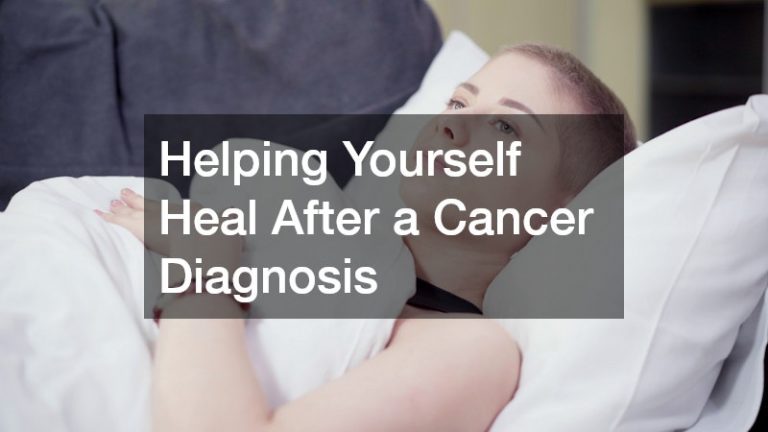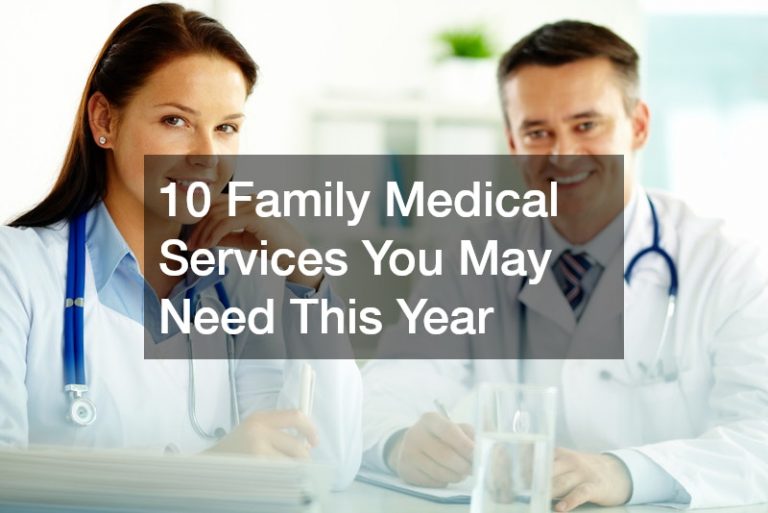• Strokes are serious medical conditions that can lead to severe disabilities, and even death.
• Risk factors for strokes include high blood pressure, heart disease, age, diabetes, smoking and drinking.
• Treatments for stroke include professional care, medication, physical therapy and support groups.
• It is important to be aware of the risks and take steps to prevent strokes.
• If you experience any symptoms of stroke, seek immediate medical attention. With prompt treatment, most stroke survivors can make a full recovery.
Strokes can be catastrophic events that can leave people with significant disabilities, including speech and mobility impairments. Although it is a serious medical condition, strokes are preventable, treatable, and manageable. Here’s what you need to know about strokes, including risk factors, symptoms, and prevention strategies.
What is a Stroke?
A stroke happens when there is a blockage or a bleed in the brain. The cells in the brain need a constant supply of oxygen and nutrients to function properly, and without this supply, they start to die within minutes. Depending on the location and extent of the stroke, people can experience a range of symptoms, from mild weakness or numbness to severe disabilities or even death.
Risk Factors For Strokes
It’s possible for anyone to have a stroke. However, some people are more at risk than others. Here are some of the common risk factors for strokes:
High Blood Pressure
One of the most common risk factors for strokes is high blood pressure, also known as hypertension. High blood pressure weakens the brain’s blood vessels, making them more prone to rupture or leakage. This can cause a stroke. It is important to measure blood pressure regularly, and if it is high, you should focus on taking steps to lower it. Some of the treatments available include lifestyle changes such as exercising, losing weight, avoiding salt, and taking medication.
Heart Diseases
Another leading cause of strokes is heart disease. Some forms of heart disease, including atherosclerosis (hardening of the arteries), can lead to stoke by blocking blood flow to the brain. This is why it’s crucial to take heart health seriously. Doctors recommend maintaining a healthy lifestyle that includes exercise and a nutritious diet, as well as quitting smoking, avoiding excessive alcohol intake, and keeping cholesterol levels manageable.

Age
The risk of stroke increases with age. In other words, the older you get, the more likely you are to have a stroke. People over 65 years of age have a higher risk of a stroke than younger individuals. This is because, with aging, the arteries begin to harden and narrow, which leads to a decrease in blood flow, predisposing them to stroke. As a preventive measure, it is important for older adults to get routine check-ups and work with their doctor to monitor their health and detect any potential issues as soon as possible.
Diabetes
People with diabetes are at a heightened risk of stroke. This is because high blood sugar levels can damage blood vessels over time, causing them to narrow and harden. Additionally, people with diabetes may have high blood pressure or high cholesterol levels, which are also common risk factors for strokes. It is prudent to take steps to manage diabetes, such as monitoring blood sugar levels, following a healthy diet, exercising regularly, and taking medication as prescribed.
Smoking and Excessive Drinking
Smoking and heavy drinking put a person at a higher risk for stroke. Smoking reduces the amount of oxygen that can reach the brain, and heavy drinking can lead to high blood pressure, which increases the risk of a stroke. Even if you are an occasional smoker or drinker, it is essential to recognize the potential dangers of these habits and curb them as much as possible.
Treatments For Stroke
Stroke is a treatable condition, and there are several treatment options available. Here are some of those treatment options:

Professional Care
It’s important that you receive medical attention as soon as possible after having a stroke. Doctors may prescribe medications or treatments to reduce the effects of the stroke. This can include blood-thinning drugs, clot-dissolving drugs, and physical therapy.
Out-patient Care
After being discharged from the hospital, many stroke survivors may need to continue receiving out-patient care. This includes visiting a physical therapist or occupational therapist to help with mobility and daily living skills, or participating in a support group for ongoing counseling and advice. You can also hire a caretaker to help with the care. They can assist with everyday activities, such as bathing, eating, and dressing. However, ensure that they get the proper EMT training for the job. The training should include basic first aid and CPR so they can provide emergency response if necessary.
Stroke is a serious medical condition, but it is also treatable and preventable. It is important to understand the risk factors for stroke and take steps to reduce those risks. Additionally, if you are experiencing any of the signs or symptoms of stroke, seek immediate medical attention. With proper treatment and care, stroke survivors can make a full recovery.






